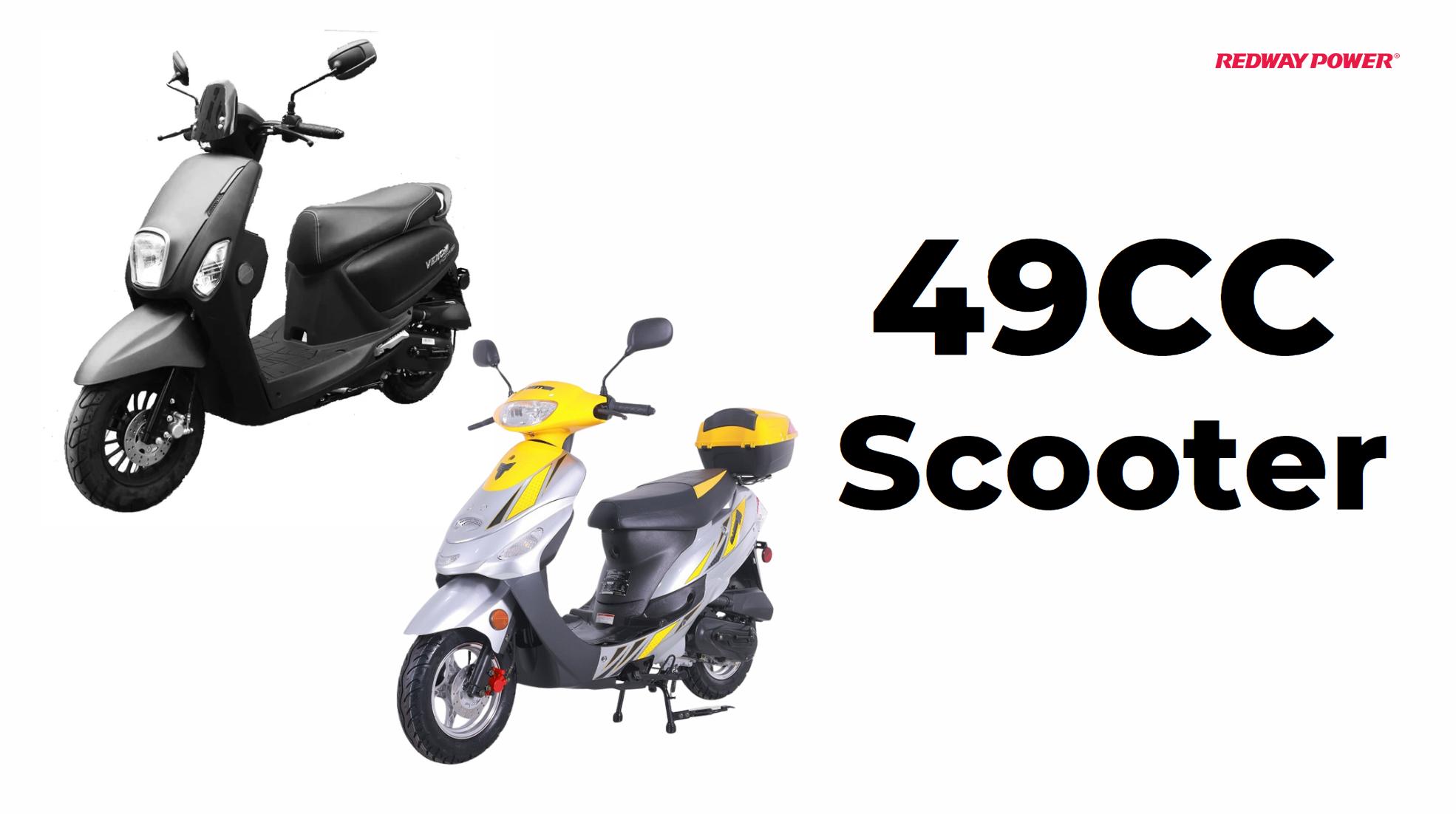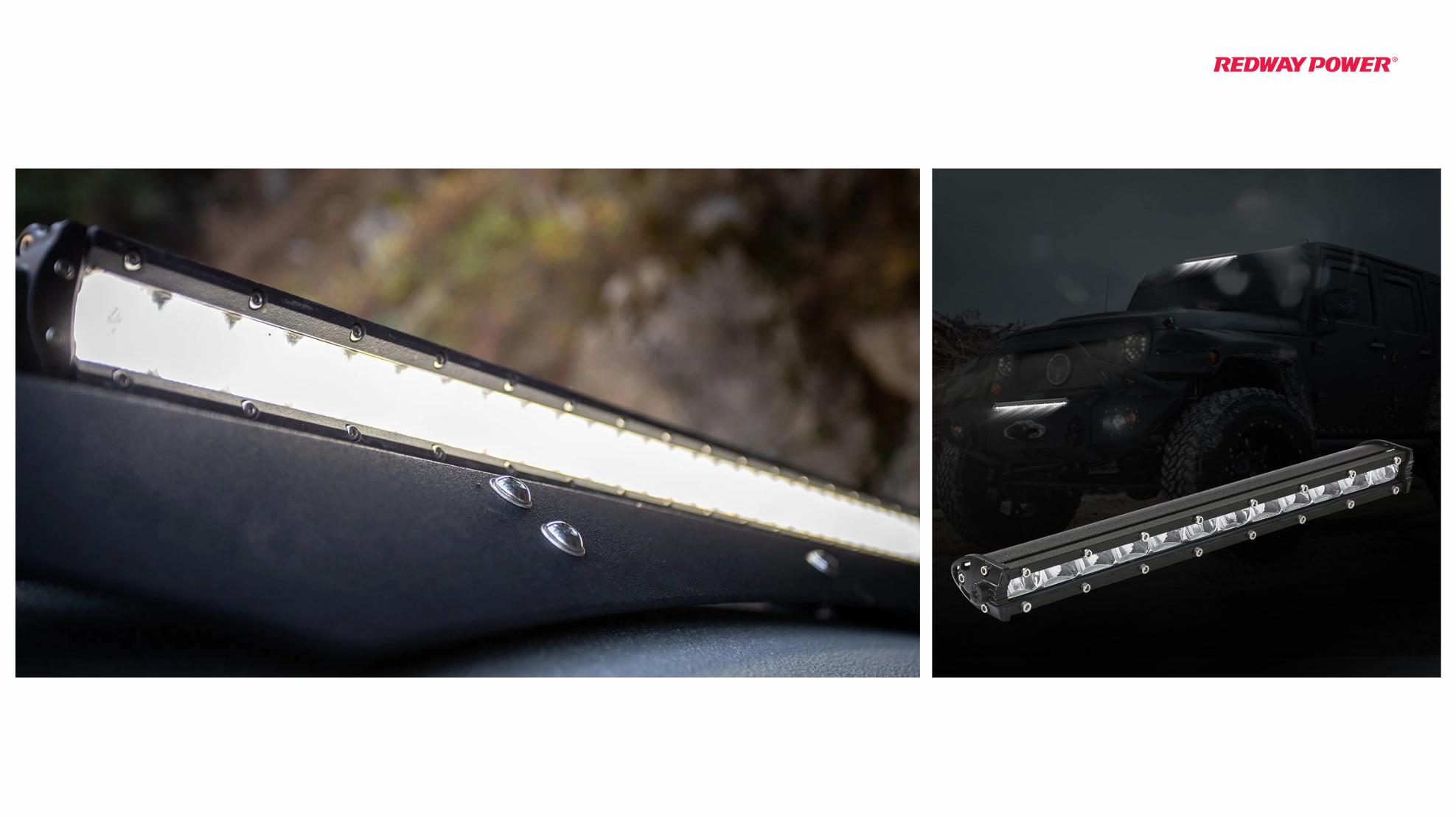How to Determine If Your AAA Battery Is Still Good
To check if your AAA battery is still good, use a multimeter to measure its voltage; it should read close to 1.5 volts. Alternatively, you can use a battery tester or check for physical signs of corrosion or leakage.
When it comes to managing and maintaining your electronic devices, understanding the condition of your AAA batteries is crucial. Whether for a remote control, smoke detector, or any other battery-operated gadget, knowing how to assess your AAA batteries’ health can help you avoid unexpected malfunctions and ensure optimal performance. This comprehensive guide will explore the nuances of AAA battery voltage and provide you with actionable insights to determine if your batteries are still in good condition.
Understanding AAA Battery Voltage
AAA batteries, like all batteries, operate within a specific voltage range. Their performance and usability are directly related to their voltage levels. Here’s a breakdown of what you can expect from your AAA batteries throughout their life cycle:
- Freshly Charged AAA Batteries: When a AAA battery is fully charged, particularly for Nickel-Metal Hydride (NiMH) types, it will typically show a voltage of 1.4 to 1.45 volts. This indicates that the battery is in optimal condition and capable of providing reliable power to your devices.
- Normal Operating Range: During regular use, the voltage of a AAA battery usually stabilizes around 1.25 volts. This voltage is sufficient to power most devices without noticeable performance issues. If your battery is operating within this range, it’s functioning as expected.
- Battery Nearing Depletion: As a AAA battery nears the end of its charge cycle, its voltage will drop to 0.8 to 1.0 volts. At this point, the battery is considered “flat” and may no longer deliver sufficient power for optimal device performance.
Measuring Battery Voltage with a Multimeter
To accurately assess your AAA battery’s condition, you will need a multimeter, a device that measures voltage, current, and resistance. Follow these steps to measure the voltage of your AAA battery:
- Set Up the Multimeter: Turn on your multimeter and set it to measure DC voltage. For AAA batteries, this setting should typically be within the 1.5V range.
- Connect the Probes: Place the red probe on the positive terminal of the battery and the black probe on the negative terminal.
- Read the Measurement: Observe the voltage reading displayed on the multimeter. Compare this reading with the expected voltage ranges mentioned above to determine the battery’s condition.
Factors Affecting AAA Battery Performance
Several factors can influence the performance and lifespan of AAA batteries. Understanding these can help you make more informed decisions:
- Battery Chemistry: Different battery types have different voltage characteristics. Alkaline batteries, for instance, start at around 1.5 volts but can drop significantly as they discharge. NiMH rechargeable batteries begin at a higher voltage but gradually decrease. Lithium batteries maintain a more stable voltage throughout their lifespan.
- Battery Age: Older batteries tend to lose their charge capacity and overall effectiveness. Even if a battery has not been heavily used, its performance can deteriorate over time due to chemical degradation.
- Usage Patterns: Frequent usage or exposure to high-drain devices can lead to faster battery depletion. Devices that demand more power will cause the battery’s voltage to drop more rapidly.
- Storage Conditions: Batteries stored in extreme temperatures or high humidity can experience accelerated degradation. For optimal longevity, batteries should be stored in a cool, dry place.
Choosing the Right AAA Battery for Your Needs
Selecting the appropriate AAA battery for your devices involves considering factors beyond just voltage:
- Alkaline Batteries: These are the most commonly used AAA batteries due to their affordability and long shelf life. They are ideal for low-drain devices but may not be the best choice for high-drain applications.
- NiMH Rechargeable Batteries: These batteries are suitable for devices with higher energy demands and frequent use. They are more environmentally friendly and cost-effective in the long run, though they have a slightly lower voltage than alkaline batteries when fresh.
- Lithium Batteries: Known for their superior performance in extreme conditions, lithium AAA batteries provide consistent voltage and longer life. They are ideal for high-drain devices and can perform well in extreme temperatures.
Extending Battery Life and Environmental Considerations
- Proper Usage: Ensure that your devices are turned off when not in use and avoid leaving batteries in devices for extended periods, especially if they are not being used.
- Recycling: Dispose of old batteries properly to minimize environmental impact. Many communities offer recycling programs for used batteries, helping to reduce landfill waste and environmental contamination.
- Battery Maintenance: Regularly check and clean battery contacts to ensure optimal performance. Corrosion or dirt on the contacts can lead to poor battery performance and reduced efficiency.
Redway Power: Custom Battery Solutions
At Redway Power, we understand the importance of reliable battery performance. As a leading LFP (Lithium Iron Phosphate) battery factory wholesaler, we provide high-quality custom battery solutions to meet diverse needs. Whether you’re looking for batteries for consumer electronics, industrial applications, or OEM projects, our expertise and quick turnaround ensure you get the best possible products and service.
For more information or to receive a quote, contact Redway Power today. We are committed to delivering superior battery solutions that enhance performance and support sustainability.
Conclusion
By understanding and monitoring the voltage levels of your AAA batteries, you can ensure that your devices operate efficiently and reliably. Make informed decisions about battery types and storage to maximize performance and longevity. For those seeking top-notch battery solutions, Redway Power offers expert services and customized products to meet your specific needs.
FAQ
How can I check if my AAA battery is still good?
You can check if a AAA battery is still good by testing its voltage with a multimeter, observing any physical signs of leakage or corrosion, or using a battery tester.
What is the best method to test a AAA battery?
The best method to test a AAA battery is by using a multimeter to measure its voltage or a dedicated battery tester designed for AAA batteries.
How do I use a multimeter to test a battery?
To use a multimeter, set it to measure DC voltage, connect the red probe to the positive terminal and the black probe to the negative terminal of the battery, and read the voltage displayed.
What voltage should a good AAA battery have?
A good AAA battery should have a voltage of about 1.5 volts. If the voltage is significantly lower, the battery may be depleted or defective.
Can I determine battery life by dropping it?
No, dropping a battery is not a reliable method to determine its life. It can cause damage or alter the battery’s condition without providing accurate information about its charge.
What does the bounce test indicate about a battery’s health?
The bounce test involves dropping a battery from a small height. If it bounces significantly, it may be depleted or faulty. This test is not very accurate and should be used with caution.
How can I perform an under load test on a battery?
To perform an under load test, connect the battery to a device that draws a significant amount of current (like a flashlight). Measure the voltage while the battery is under load. A significant drop in voltage indicates the battery may be weak.
What should I do with depleted batteries?
Depleted batteries should be recycled properly. Many batteries contain hazardous materials and should not be thrown away with regular trash. Check local recycling programs or drop-off locations for proper disposal.
Are there any signs that a AAA battery is dead?
Signs of a dead AAA battery include a low or no voltage reading, leakage, corrosion around the terminals, or inability to power devices effectively.
How do I properly dispose of old batteries?
Proper disposal of old batteries involves recycling them at designated recycling centers or drop-off locations. Many retailers and local waste management services offer battery recycling programs.



